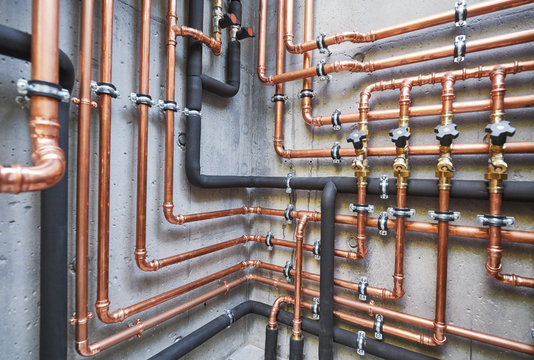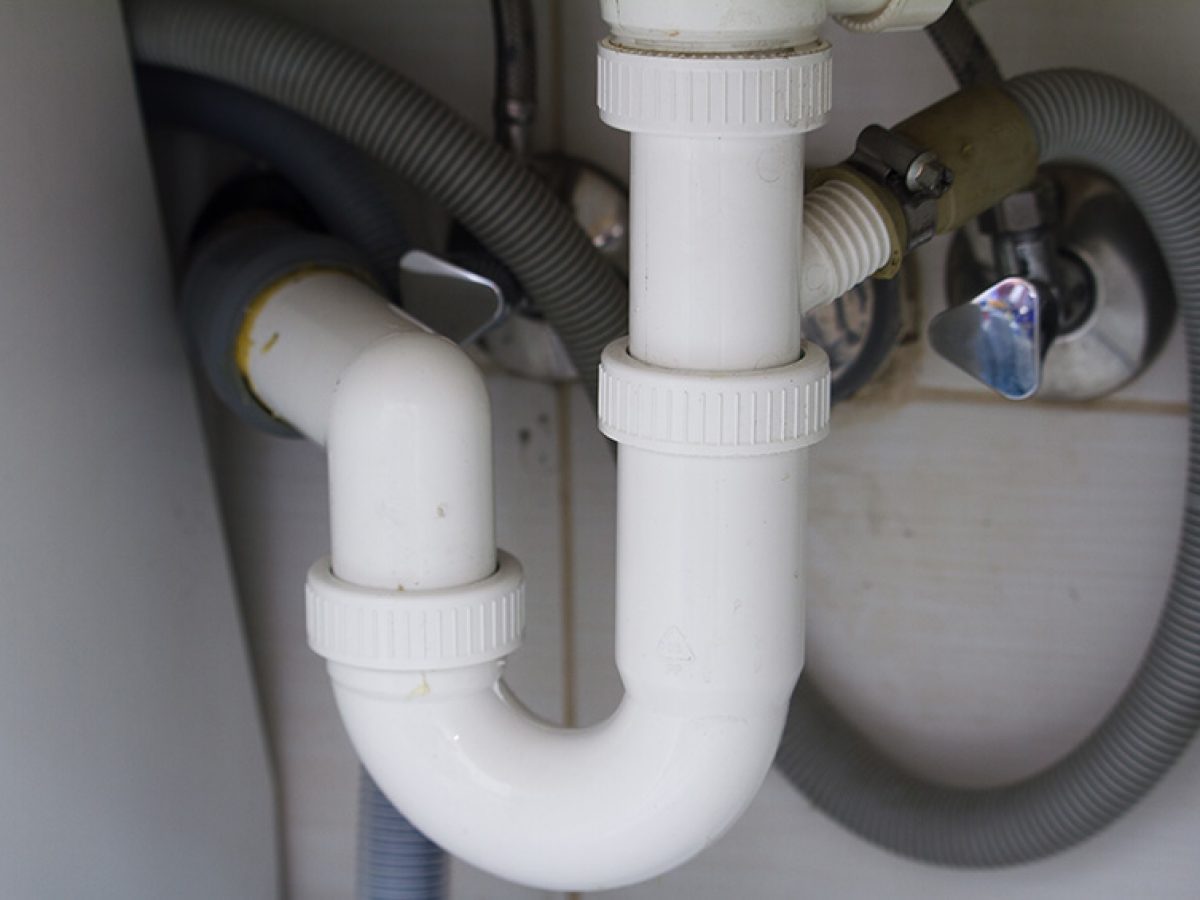The Layout of Your House's Plumbing System Explained
The Layout of Your House's Plumbing System Explained
Blog Article
Just how do you really feel in regards to Anatomy of a House: Understanding the Components?

Recognizing just how your home's plumbing system functions is essential for every house owner. From providing tidy water for alcohol consumption, food preparation, and bathing to safely removing wastewater, a well-kept pipes system is vital for your family members's wellness and comfort. In this extensive guide, we'll check out the complex network that composes your home's plumbing and deal pointers on maintenance, upgrades, and managing usual concerns.
Intro
Your home's pipes system is greater than simply a network of pipelines; it's an intricate system that guarantees you have accessibility to tidy water and reliable wastewater elimination. Recognizing its parts and just how they collaborate can help you avoid costly repairs and make certain whatever runs smoothly.
Fundamental Components of a Plumbing System
Pipelines and Tubes
At the heart of your pipes system are the pipelines and tubes that lug water throughout your home. These can be constructed from numerous products such as copper, PVC, or PEX, each with its advantages in terms of toughness and cost-effectiveness.
Fixtures: Sinks, Toilets, Showers, and so on.
Components like sinks, bathrooms, showers, and bathtubs are where water is made use of in your house. Recognizing exactly how these fixtures link to the plumbing system helps in diagnosing issues and planning upgrades.
Shutoffs and Shut-off Points
Shutoffs manage the flow of water in your plumbing system. Shut-off shutoffs are important during emergency situations or when you need to make repairs, allowing you to isolate parts of the system without interfering with water flow to the entire house.
Supply Of Water System
Main Water Line
The main water line connects your home to the municipal water or an exclusive well. It's where water enters your home and is dispersed to different fixtures.
Water Meter and Pressure Regulator
The water meter procedures your water use, while a pressure regulator makes certain that water streams at a risk-free pressure throughout your home's plumbing system, protecting against damages to pipelines and fixtures.
Cold Water vs. Hot Water Lines
Comprehending the difference in between cold water lines, which supply water straight from the primary, and hot water lines, which bring heated water from the hot water heater, helps in repairing and planning for upgrades.
Drain System
Drain Water Lines and Traps
Drain pipes bring wastewater away from sinks, showers, and commodes to the drain or septic tank. Catches prevent sewage system gases from entering your home and also catch debris that might trigger clogs.
Air flow Pipes
Ventilation pipelines enable air right into the drain system, protecting against suction that might reduce drainage and create traps to empty. Appropriate ventilation is vital for keeping the integrity of your plumbing system.
Relevance of Proper Drain
Making certain appropriate water drainage prevents backups and water damages. Regularly cleaning up drains pipes and keeping traps can stop pricey repair work and prolong the life of your pipes system.
Water Heating System
Kinds Of Hot Water Heater
Hot water heater can be tankless or conventional tank-style. Tankless heating units warmth water on demand, while containers keep warmed water for prompt use.
Exactly How Water Heaters Attach to the Plumbing System
Comprehending exactly how hot water heater attach to both the cold water supply and warm water circulation lines helps in detecting concerns like not enough hot water or leaks.
Upkeep Tips for Water Heaters
Consistently purging your hot water heater to get rid of debris, examining the temperature level setups, and checking for leaks can extend its lifespan and improve power performance.
Usual Pipes Problems
Leaks and Their Causes
Leakages can take place as a result of maturing pipes, loosened fittings, or high water pressure. Dealing with leaks immediately stops water damages and mold and mildew development.
Obstructions and Clogs
Obstructions in drains pipes and toilets are often caused by flushing non-flushable items or a buildup of grease and hair. Using drain screens and being mindful of what goes down your drains can prevent clogs.
Indicators of Pipes Troubles to Expect
Low tide stress, sluggish drains, foul odors, or abnormally high water expenses are indications of prospective plumbing problems that need to be attended to immediately.
Pipes Maintenance Tips
Routine Evaluations and Checks
Schedule annual pipes assessments to catch concerns early. Try to find signs of leakages, rust, or mineral buildup in taps and showerheads.
DIY Upkeep Tasks
Easy tasks like cleansing faucet aerators, looking for bathroom leakages utilizing dye tablets, or shielding exposed pipes in cool environments can avoid major pipes problems.
When to Call an Expert Plumber
Know when a pipes problem needs professional expertise. Trying complicated repairs without correct understanding can result in even more damages and higher fixing costs.
Updating Your Plumbing System
Factors for Upgrading
Upgrading to water-efficient components or replacing old pipelines can enhance water quality, minimize water costs, and enhance the value of your home.
Modern Pipes Technologies and Their Benefits
Discover innovations like smart leakage detectors, water-saving toilets, and energy-efficient hot water heater that can save cash and decrease ecological effect.
Cost Factors To Consider and ROI
Calculate the ahead of time costs versus lasting savings when taking into consideration plumbing upgrades. Several upgrades pay for themselves via decreased energy expenses and less repair work.
Ecological Impact and Preservation
Water-Saving Fixtures and Home Appliances
Installing low-flow faucets, showerheads, and toilets can substantially minimize water use without sacrificing performance.
Tips for Decreasing Water Use
Straightforward habits like dealing with leaks without delay, taking shorter showers, and running complete lots of laundry and meals can preserve water and lower your energy costs.
Eco-Friendly Plumbing Options
Think about lasting plumbing products like bamboo for floor covering, which is durable and environmentally friendly, or recycled glass for counter tops.
Emergency situation Readiness
Steps to Take Throughout a Pipes Emergency
Know where your shut-off valves lie and just how to switch off the water in case of a burst pipe or significant leakage.
Importance of Having Emergency Calls Convenient
Keep get in touch with info for regional plumbing professionals or emergency services easily offered for fast response during a plumbing dilemma.
Do It Yourself Emergency Situation Fixes (When Applicable).
Short-term repairs like utilizing air duct tape to spot a dripping pipe or putting a container under a dripping faucet can minimize damage till a specialist plumbing technician gets here.
Verdict.
Recognizing the makeup of your home's pipes system equips you to maintain it effectively, saving money and time on fixings. By adhering to routine maintenance routines and remaining educated regarding contemporary pipes innovations, you can ensure your plumbing system runs successfully for several years to find.
HOW YOUR PLUMBING SYSTEM WORKS
Which Pipes Do What?
Blue lines = fresh water supply entering the building
Red lines = hot water supply entering the building
Grey lines = pipes carrying waste away from the building and venting pipes carrying gases away from the building (through the roof)
YOUR MAIN PLUMBING SYSTEMS
There are two main plumbing systems that support your home s basic plumbing needs one that brings clean water into your home, and one that sends dirty water away from your home. Connected to the toilet, bath, shower, and other faucets in your home, these two systems keep your water flowing in the right directions.
ACCESSING FRESH WATER
Fresh and clean water is brought into your home through the main water supply line . Filtered through one pipe, this water is pressured to flow into the various fixtures in your home at any given time.
This water can be sourced from a well located on your property, a pond or river (mostly cottages), or, as in most cases, from the city s municipal water treatment centre. However, it is important to note that water that is untreated, such as the water siphoned from ponds or rivers, may not be safe to drink. Personal water supplies always need to be treated for hardness and contaminants before consumed.
MUNICIPAL WATER SUPPLIES
Improve taste and odour
Remove sediment
Eliminate hardness
Reduce chlorine
COLD WATER SUPPLY VS. HOT WATER SUPPLY
Cold water flows into your home or building through the service line, which then distributes hot or cold water to your fixtures. This line is most commonly run through a central column that runs floor to floor. Hot water runs in short and straight pipes as the longer the pipeline, the more heat that will be lost in the transfer. Having shorter pipes also allows residents to access hot water more quickly.
WASTE WATER SYSTEM
Your wastewater system is divided into two parts pipes that send wastewater away from your home and venting pipes that send sewer gas away from your home. Sewage water travels through pipes that flush the water and waste towards local sewers that are operated and managed by your city or town. Most sewer systems rely on gravity to move the wastewater to where it needs to go.
The further away from your toilet or sink, the larger wastewater pipes become. This allows for waste to be disposed of from various parts of your home or business at once without pipe blockages. The angle and flow of these pipes are also essential for keeping your waste pipes clear of build up.
https://harrisplumbing.ca/how-your-home-plumbing-system-works/

HOW YOUR PLUMBING SYSTEM WORKS
Which Pipes Do What?
YOUR MAIN PLUMBING SYSTEMS
There are two main plumbing systems that support your home s basic plumbing needs one that brings clean water into your home, and one that sends dirty water away from your home. Connected to the toilet, bath, shower, and other faucets in your home, these two systems keep your water flowing in the right directions.
ACCESSING FRESH WATER
Fresh and clean water is brought into your home through the main water supply line . Filtered through one pipe, this water is pressured to flow into the various fixtures in your home at any given time.
This water can be sourced from a well located on your property, a pond or river (mostly cottages), or, as in most cases, from the city s municipal water treatment centre. However, it is important to note that water that is untreated, such as the water siphoned from ponds or rivers, may not be safe to drink. Personal water supplies always need to be treated for hardness and contaminants before consumed.
MUNICIPAL WATER SUPPLIES
COLD WATER SUPPLY VS. HOT WATER SUPPLY
Cold water flows into your home or building through the service line, which then distributes hot or cold water to your fixtures. This line is most commonly run through a central column that runs floor to floor. Hot water runs in short and straight pipes as the longer the pipeline, the more heat that will be lost in the transfer. Having shorter pipes also allows residents to access hot water more quickly.
WASTE WATER SYSTEM
Your wastewater system is divided into two parts pipes that send wastewater away from your home and venting pipes that send sewer gas away from your home. Sewage water travels through pipes that flush the water and waste towards local sewers that are operated and managed by your city or town. Most sewer systems rely on gravity to move the wastewater to where it needs to go.
The further away from your toilet or sink, the larger wastewater pipes become. This allows for waste to be disposed of from various parts of your home or business at once without pipe blockages. The angle and flow of these pipes are also essential for keeping your waste pipes clear of build up.
https://harrisplumbing.ca/how-your-home-plumbing-system-works/
I hope you enjoyed reading our section on Understanding Your Home's Plumbing Anatomy. Thanks so much for spending some time to read through our post. Be sure to take a moment to promote this blog post if you appreciated it. Thanks for being here. Come back soon.
Prices & Booking Report this page